Not sure about you, but any vehicle with 5000lb ft of torque making weekly tours of my local streets would pique my interest.
After all, that kind of ship-pulling capability is around double what even the largest heavy-haulage juggernaut churns out. And if I told you that said vehicle could also accelerate from 0-50mph in six seconds, despite an unladen weight of 17 tonnes, you’d probably think I was talking rubbish. And actually, you’d be right.
You see, Lunaz – the Silverstone-based company that has made a name for itself electrifying premium classic cars while drawing in the likes of David Beckham among a raft of high-profile investors – is about to deliver its first ‘upcycled’ electric bin lorry to Buckinghamshire Council. And while I can’t really see Mr Beckham getting down and dirty with Bucks’ waste massif to help with its PR, I’m sure his green credentials will be burnished all the same.
So they should be too, because Lunaz Applied Technologies, which has developed the lorry and in whose sparkling new 250,000sq ft building we are now standing, is set to be the real money-spinner for the fledgling brand, founded only five years ago by David Lorenz and ex-Renault Formula 1 technical director Jon Hilton.

Upcycling is Lunaz’s USP. Rather than local authorities having to invest in an all-new heavy commercial EV, Lunaz will supply them with a fully refreshed bin lorry that uses the chassis, cab and body from a vehicle that has reached the end of its UK service life – typically seven years and 70,000-90,000 miles. But Lunaz replaces the diesel drivetrain with an electric one, producing around twice as much power and seven times the torque – hence the ballistic number above.
The beauty of the concept is that the Lunaz lorry retains 80% of the donor vehicle – albeit in a completely refurbished state – with its electric gubbins the only major upgrade.
As a result, 80% of the lorry’s embedded carbon is saved, versus a brand-new commercial EV, which has to be manufactured from scratch, with the attendant impact on CO2 levels. Best of all, Lunaz says that its bin lorry is just the start: due to the multifunctional capability of the platform, overall upcycled electric commercial production could exceed 1100 vehicles per year at this site, although the company remains tight-lipped about exactly which derivatives those would be.
But they will all start with one of the best-regarded commercial platforms in the business: the Mercedes Econic Euro 6, which arrives at Lunaz complete with its 7.7-litre inline six-cylinder diesel engine and six-speed automatic gearbox.
It’s reckoned that this ICE unit seldom operates at optimum levels because of the low-speed, stop-start nature of refuse collections so, setting aside an EV’s lack of noise and pollution in the generally built-up, highly populated areas in which this lorry will be driven, an electric powertrain transforms efficiency levels.

Stripping the donor lorry and refurbishing its existing chassis, which Mercedes originally tested to one million miles (another reason why its preservation makes so much sense) takes around two weeks.
Unlike Lunaz’s classic car electric conversions, which can be reverse-engineered to accept the original ICE, the old diesel unit is ‘decommissioned like a gun’ to prevent future use, although every component is recycled.
The lorry is then ready to accept its electric powertrain. Depending on application, this includes four to six 65.5kWh batteries mounted between its front and rear axles, each of which is designed and manufactured on site using cells bought in from a UK supplier, allowing a bespoke and more space-efficient installation.
With each battery weighing 570kg, this could have impacted the lorry’s 10-tonne payload, but dispensation from the Department for Transport has allowed its gross vehicle weight to increase by up to two tonnes so that it’s unaffected.

The effect on performance, however, is marked. The electric motor, mounted under the cab, produces 470bhp and 5162lb ft, which not only generates the blinding acceleration figure mentioned earlier but also allowed the Lunaz bin lorry in testing to outperform an unladen ICE Econic from standstill on a 25% slope, despite being fully laden.
Neither is this EV troubled by range issues. With six batteries, it has a range of 155-160 miles, but given that a typical 2500-bin collection in London equates to only 15 driven miles, that’s not much of a drain. And since bin lorries only operate during the day, recharging overnight via its modest 22kW on-board AC charger provides all the range necessary for a full day’s service, whether in the remote Highlands or a large city.
Piloting a bin lorry, I have to admit, is the antithesis of everything that I enjoy about a driving job: relentless low speeds; continual stopping and starting; endless tight manoeuvres; blocking up roads and facing a succession of intolerant car drivers unable to see that you’re providing a vital public service; and, of course, the all-pervading smell of hundreds of wheelie bins’ worth of refuse being compacted just behind you. But today I have it easy.

The bins at our ‘collection’ are empty and look like they’ve never seen a crisp packet, let alone a dirty nappy or the remains of yesterday’s spag bol, and my shift’s ‘route’ runs along the immaculate, broad avenues of Silverstone’s Technology Park. I don’t even have the pleasure of sitting next to three hot and overworked waste operatives, but if I did, I reckon they would appreciate this revised version of their old Econic’s cabin.
Lunaz designers spent time with bin loaders while they were on their collections and gained valuable feedback. As a result, the cupholder count grew to five, the four reupholstered seats – now heated – have been reconfigured to allow more space for those sitting on the two central/elevated positions, and there’s even Apple CarPlay.

Facing me is a digital screen, displaying a speedo, and readouts for battery range and efficiency, as well as the vital air pressure stats. (Air pressure controls everything from the brakes to the firmness of the driver’s seat.) Across the central dash are two 10.0in screens, one for infotainment and the other (not fully functional on this prototype) relaying views from the plethora of cameras around the lorry, which are so important for driver-to-crew visibility during collections.
And now for a revelation: the Lunaz bin lorry is a bit of a hoot to drive. Rotate the switch inside the right-hand column stalk to engage Drive in the two-speed ZF ’box, pull up a dash-mounted lever to release the airbrake and all 17 tonnes of Lunaz bin lorry glides down the road with barely a hum.
Given the sheer mass of the thing, riding on its 80-profile, 22.5in Continentals, there’s an unexpected precision to the steering, which is nicely weighted and quite high-geared – a real boon for those awkward manoeuvres down tight village lanes.

The ride is sublime, too, although I’d wager that, laden with 10 tonnes of garbage, there would be no room for heroics. Acceleration is hilariously brisk if you mash the throttle, but you feel it more at low speeds, which is, I guess, where it would benefit its users the most.
Unsurprisingly, Lunaz is talking to local authorities, all of which are under pressure to reduce carbon emissions in short order. By the end of this year, it is set to deliver 57 electric bin lorries, and a further 200-plus in 2024, some in partnership with waste management company Biffa.
There’s a proper financial incentive too. Starting at £395,000, Lunaz’s lorry represents a £50,000 to £100,000 saving over an equivalent new Mercedes e-truck with the same length of warranty – and that’s before taking into account the key carbon saving from this upcycled lorry.
Preservation versus more production: it’s a fascinating topic, and on the strength of today’s visit, Lunaz is leading the debate.
By Simon Hucknall

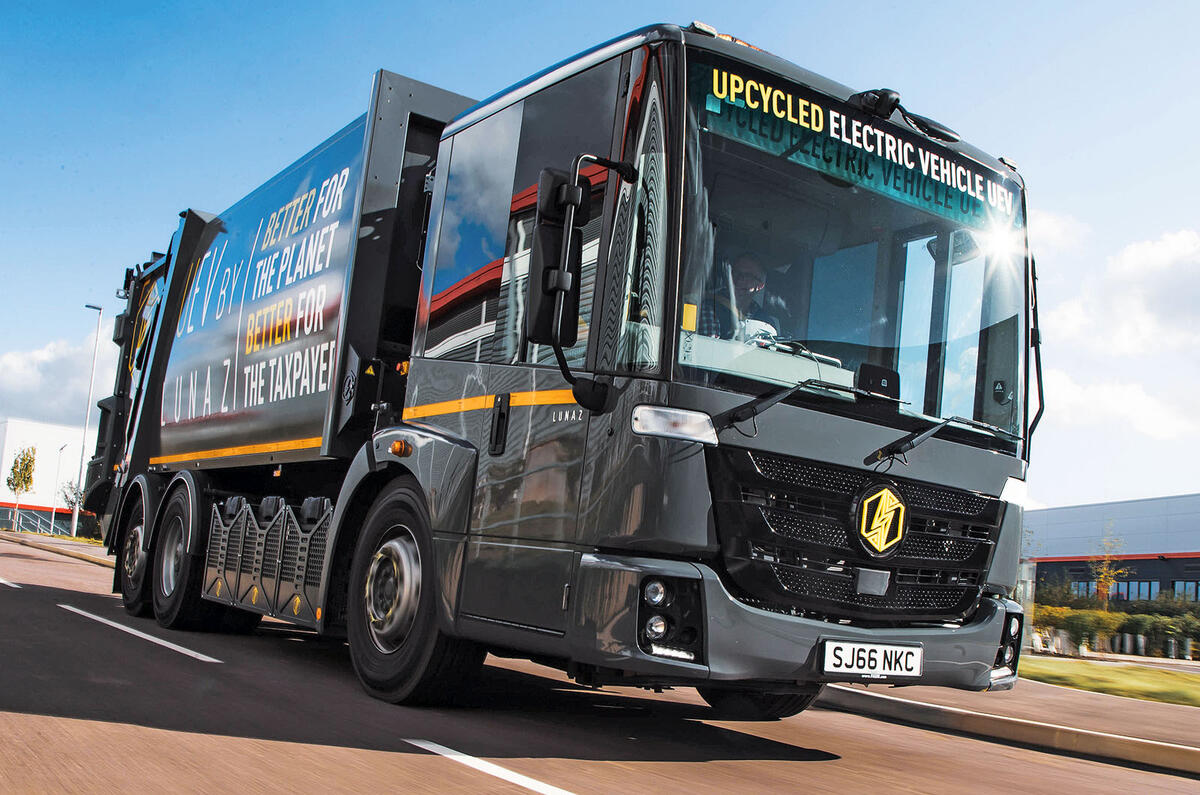
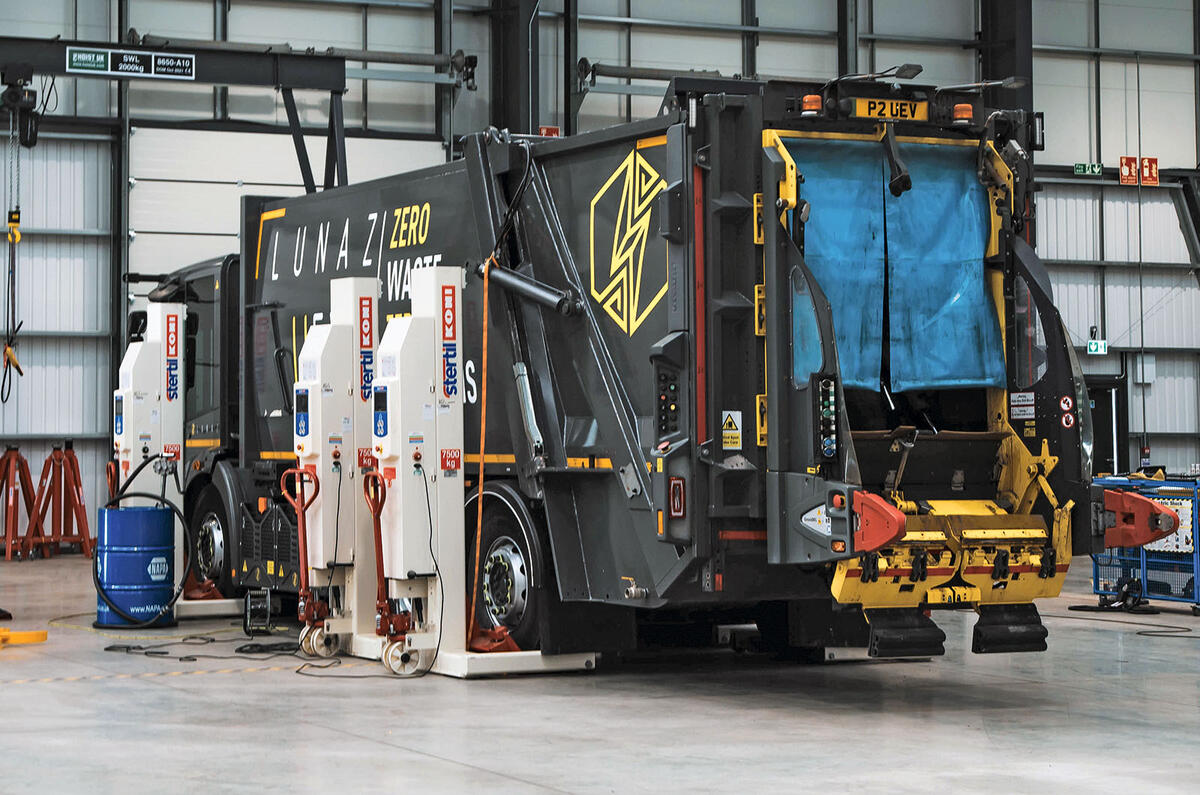
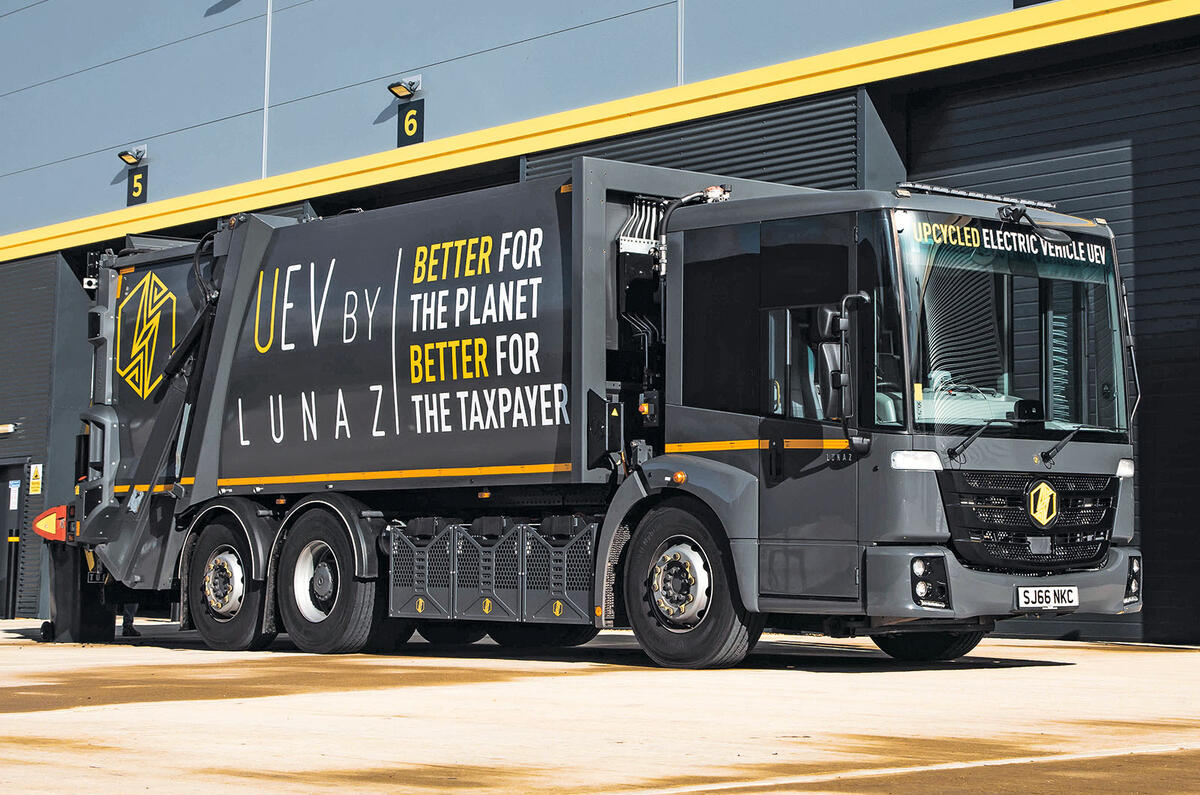
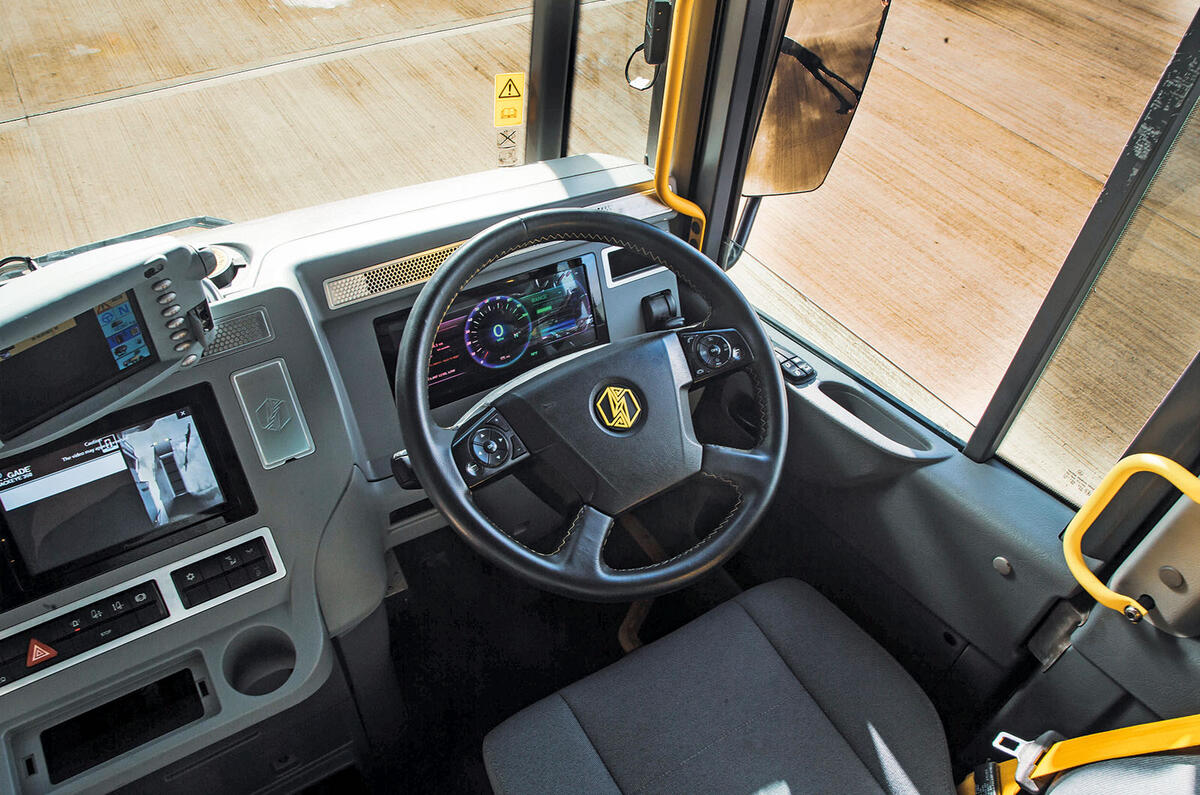
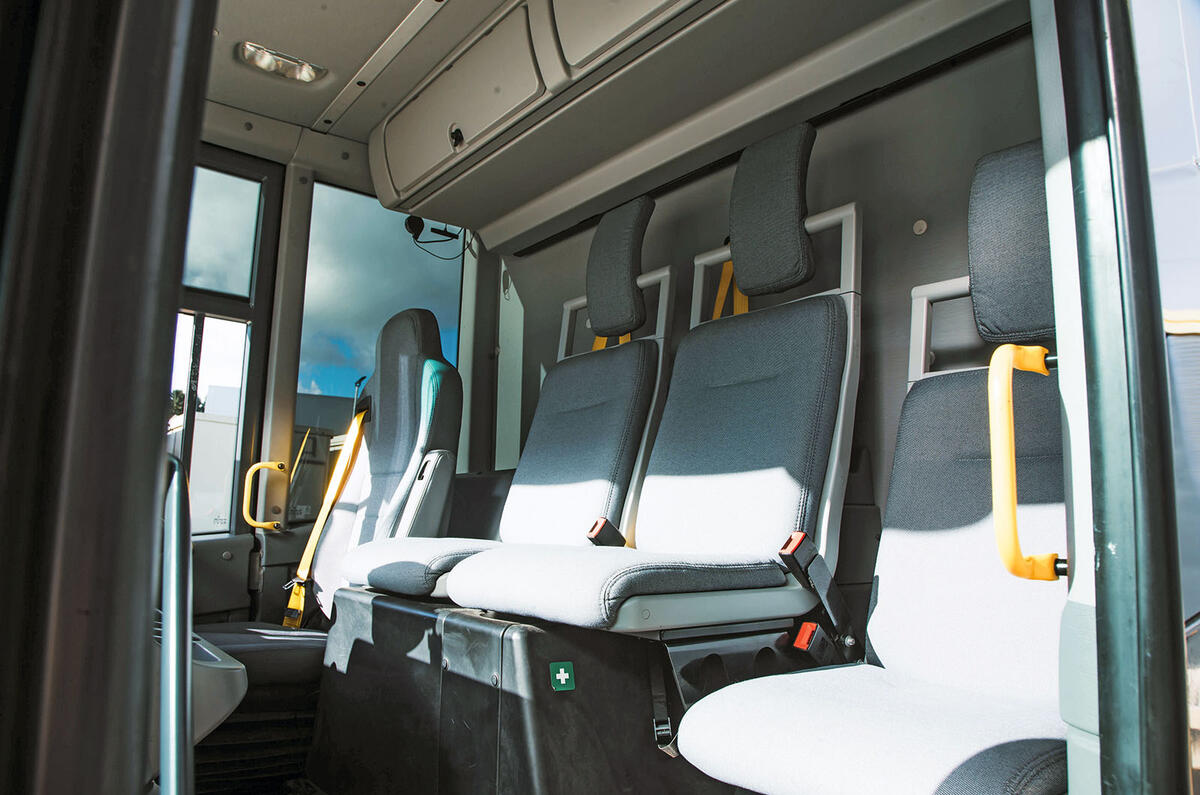

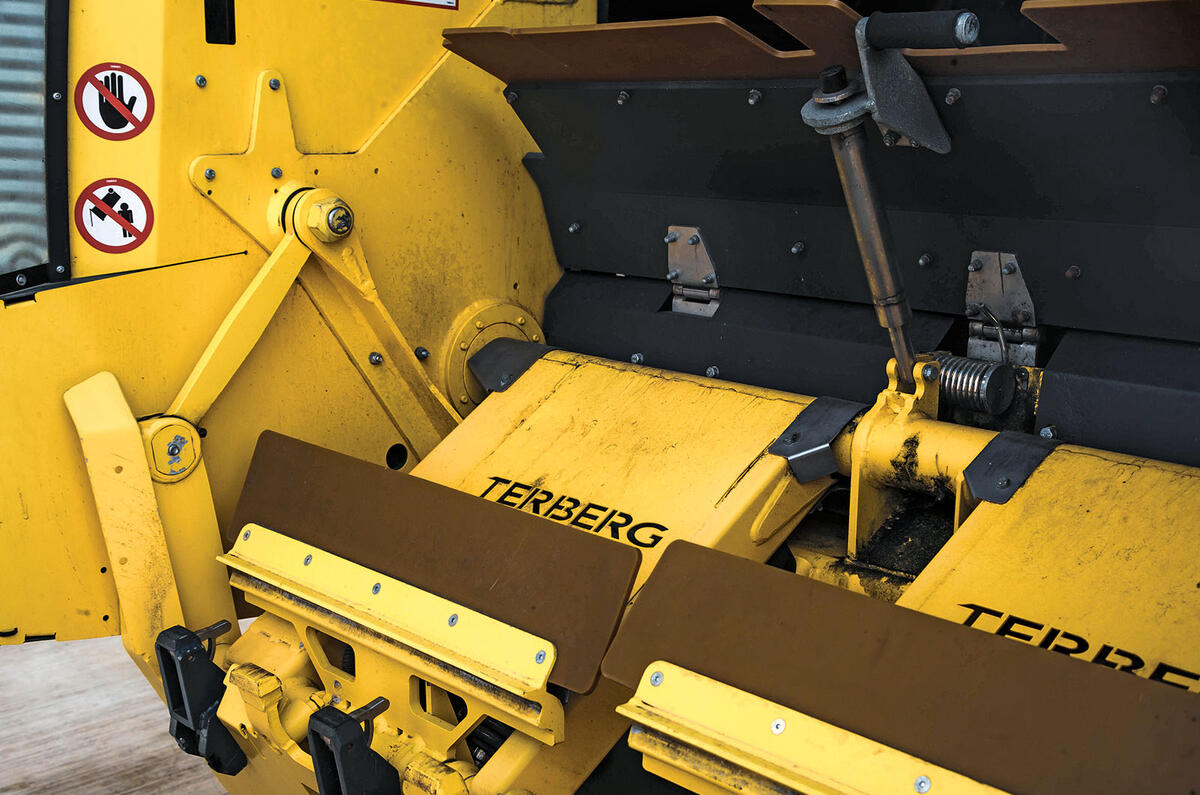
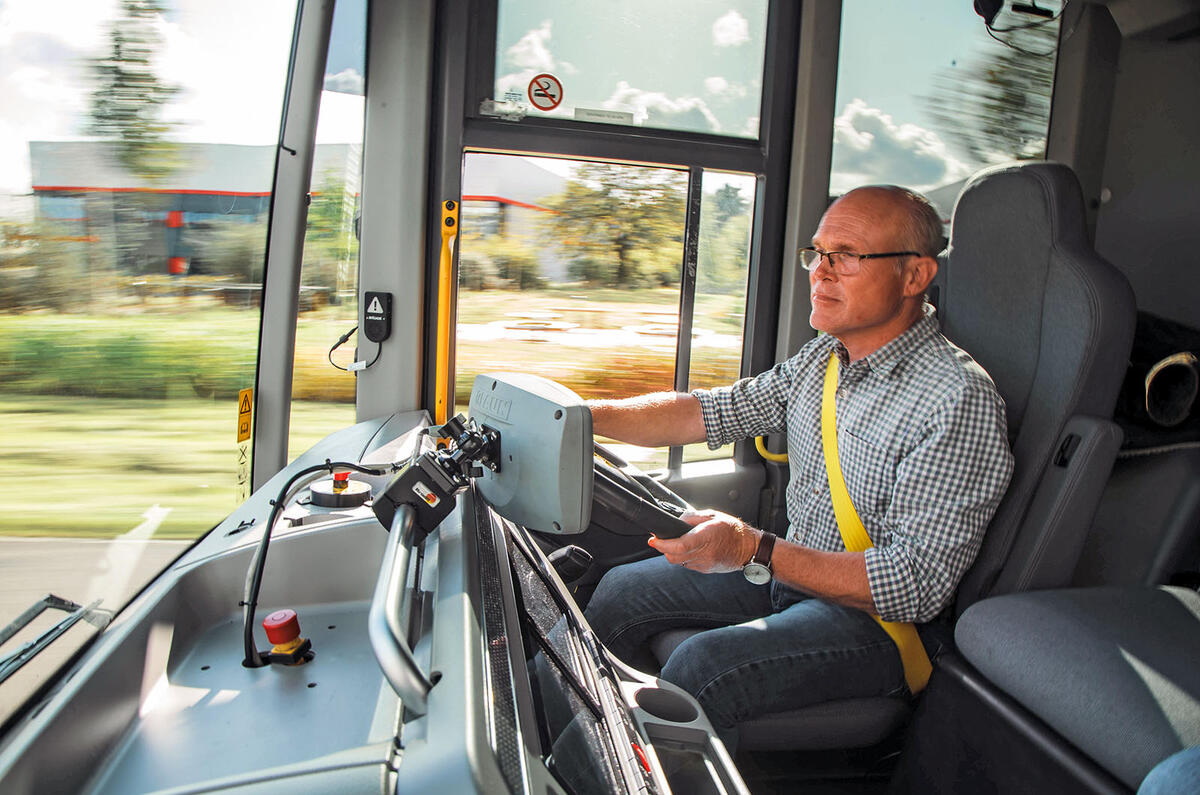
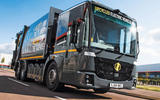
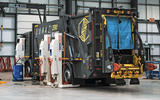
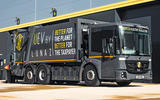
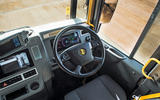
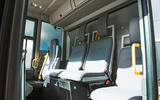
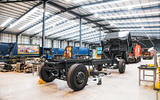
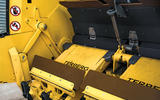
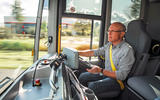


Join the debate
Add your comment
This makes lots of sense, for the same reasons that electric milk floats make sense, as they cover tiny distances between stops.
For all you PC people out there, if going quick bothers you, don't you think whoever buys them will put speed limiters on them?, or a tracker system that monitors what where and how their Vehicle are driven,and, i thought all Council vehicles were limited to 45mph?